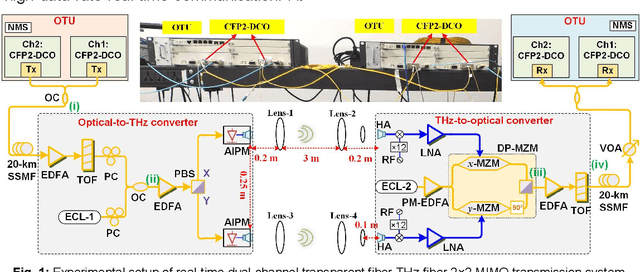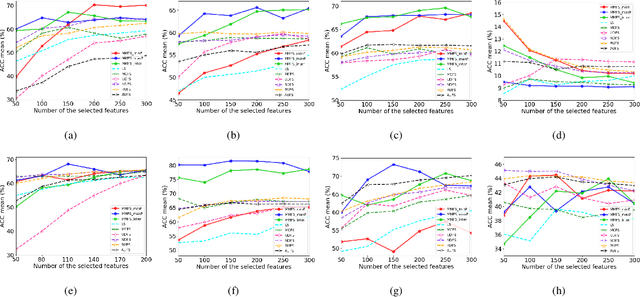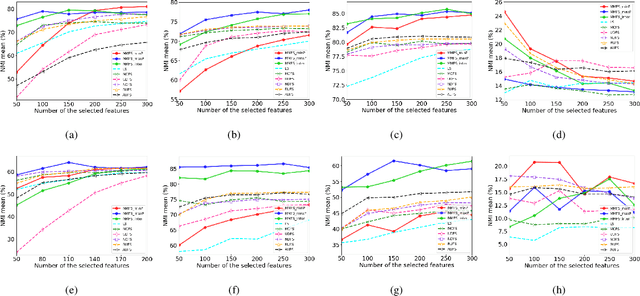Liang Tian
Using Hashtags to Analyze Purpose and Technology Application of Open-Source Project Related to COVID-19
Jul 03, 2022



Abstract:COVID-19 has had a profound impact on the lives of all human beings. Emerging technologies have made significant contributions to the fight against the pandemic. An extensive review of the application of technology will help facilitate future research and technology development to provide better solutions for future pandemics. In contrast to the extensive surveys of academic communities that have already been conducted, this study explores the IT community of practice. Using GitHub as the study target, we analyzed the main functionalities of the projects submitted during the pandemic. This study examines trends in projects with different functionalities and the relationship between functionalities and technologies. The study results show an imbalance in the number of projects with varying functionalities in the GitHub community, i.e., applications account for more than half of the projects. In contrast, other data analysis and AI projects account for a smaller share. This differs significantly from the survey of the academic community, where the findings focus more on cutting-edge technologies while projects in the community of practice use more mature technologies. The spontaneous behavior of developers may lack organization and make it challenging to target needs.
Real-time Dual-channel 2 * 2 MIMO Fiber-THz-Fiber Seamless Integration System at 385 GHz and 435 GHz
Jun 24, 2022



Abstract:We demonstrate the first practical real-time dual-channel fiber-THz-fiber 2 * 2 MIMO seamless integration system with a record net data rate of 2 * 103.125 Gb/s at 385 GHz and 435 GHz over two spans of 20 km SSMF and 3 m wireless link.
Unsupervised Feature Selection via Multi-step Markov Transition Probability
May 29, 2020



Abstract:Feature selection is a widely used dimension reduction technique to select feature subsets because of its interpretability. Many methods have been proposed and achieved good results, in which the relationships between adjacent data points are mainly concerned. But the possible associations between data pairs that are may not adjacent are always neglected. Different from previous methods, we propose a novel and very simple approach for unsupervised feature selection, named MMFS (Multi-step Markov transition probability for Feature Selection). The idea is using multi-step Markov transition probability to describe the relation between any data pair. Two ways from the positive and negative viewpoints are employed respectively to keep the data structure after feature selection. From the positive viewpoint, the maximum transition probability that can be reached in a certain number of steps is used to describe the relation between two points. Then, the features which can keep the compact data structure are selected. From the viewpoint of negative, the minimum transition probability that can be reached in a certain number of steps is used to describe the relation between two points. On the contrary, the features that least maintain the loose data structure are selected. And the two ways can also be combined. Thus three algorithms are proposed. Our main contributions are a novel feature section approach which uses multi-step transition probability to characterize the data structure, and three algorithms proposed from the positive and negative aspects for keeping data structure. The performance of our approach is compared with the state-of-the-art methods on eight real-world data sets, and the experimental results show that the proposed MMFS is effective in unsupervised feature selection.
 Add to Chrome
Add to Chrome Add to Firefox
Add to Firefox Add to Edge
Add to Edge